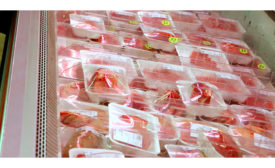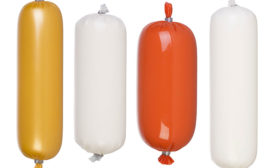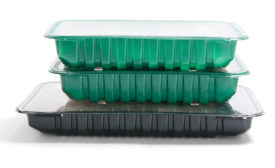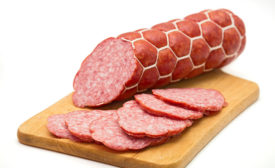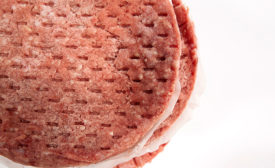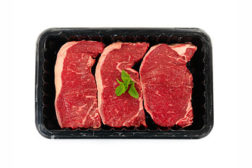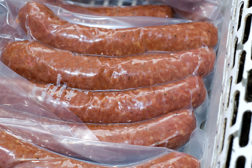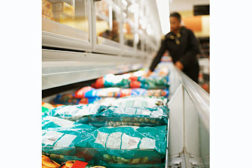Articles by Hallie Forcinio
State of the Industry
State of Packaging: Demographics drive meat, poultry and seafood packaging changes
Read MoreFilms flip the script
Flexible packaging for protein products is making a comeback, propelled by perceptions of freshness.
Read More
Packaging Technology
The savvy form/fill/seal shopper
Buying the right form/fill/seal system depends on attention to detail.
Read More
Stay ahead of the curve. Unlock a dose of cutting-edge insights.
Receive our premium content directly to your inbox.
SIGN-UP TODAYCopyright ©2024. All Rights Reserved BNP Media.
Design, CMS, Hosting & Web Development :: ePublishing
